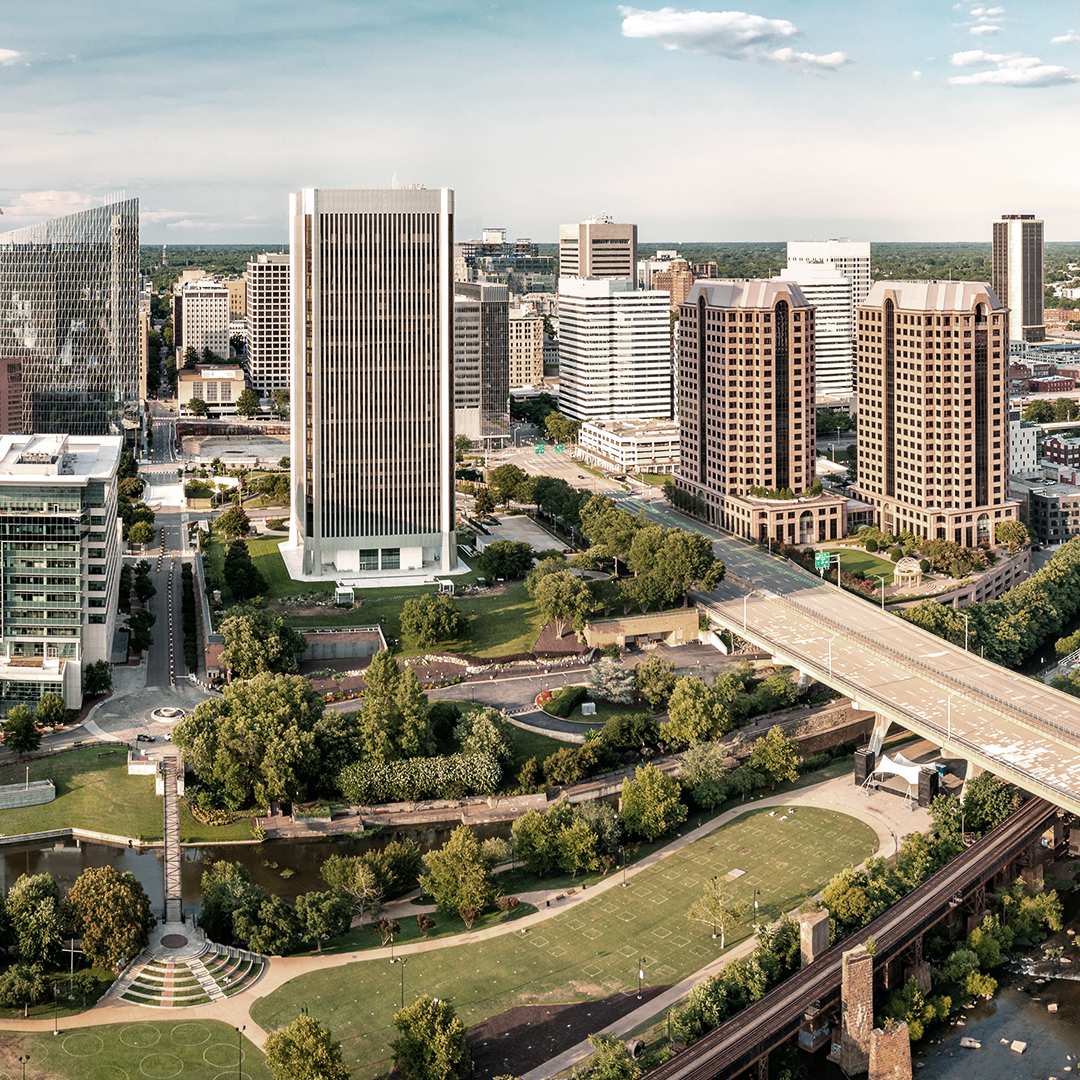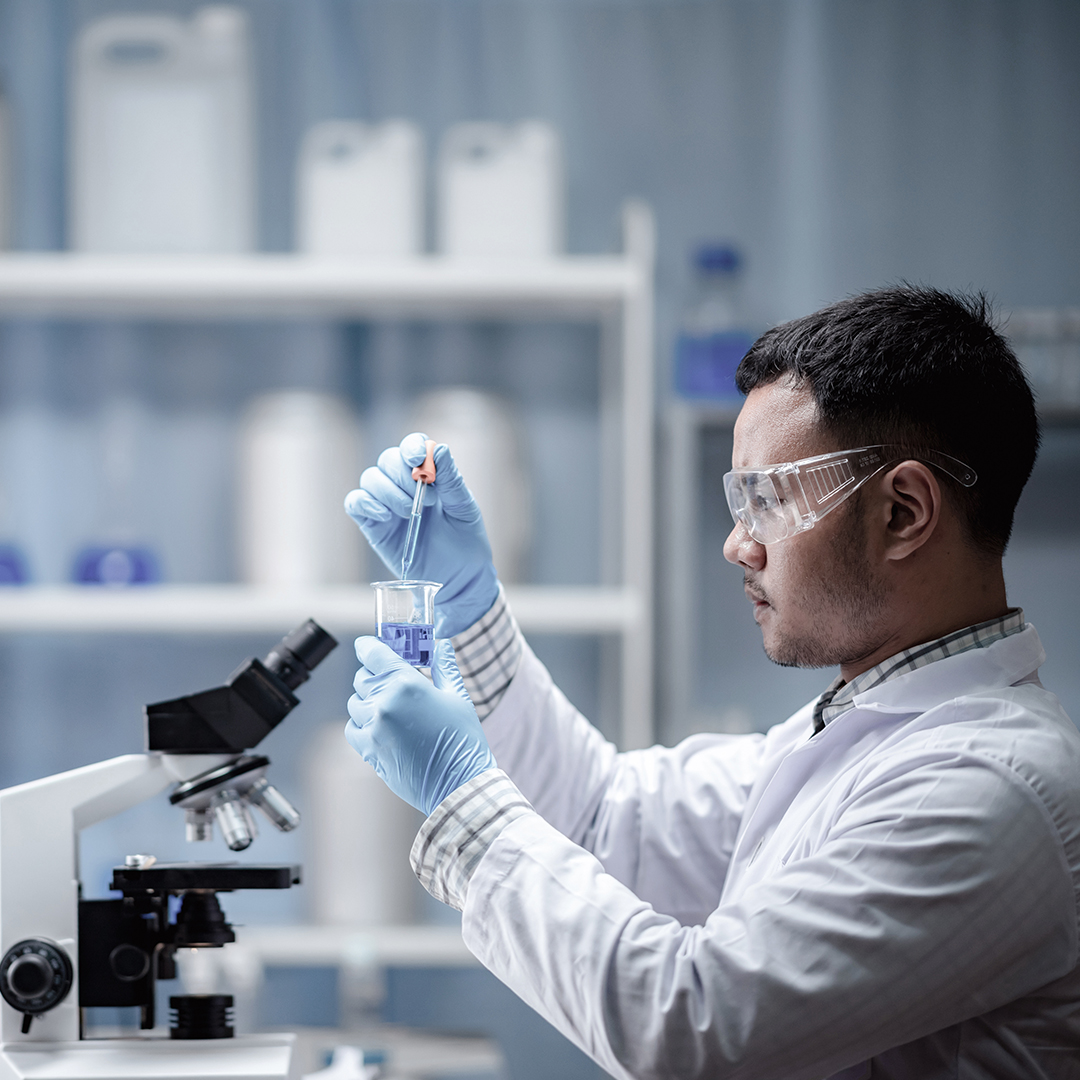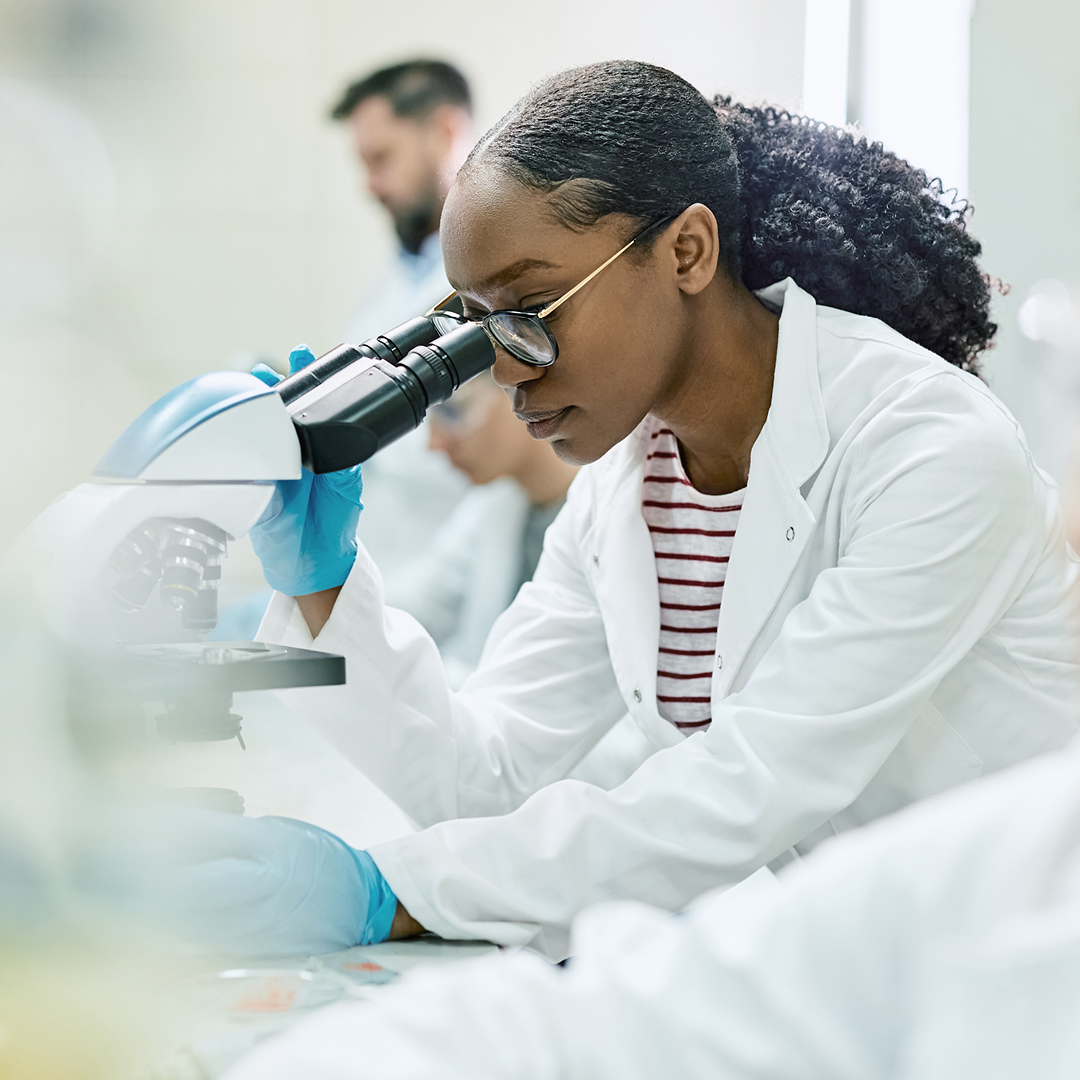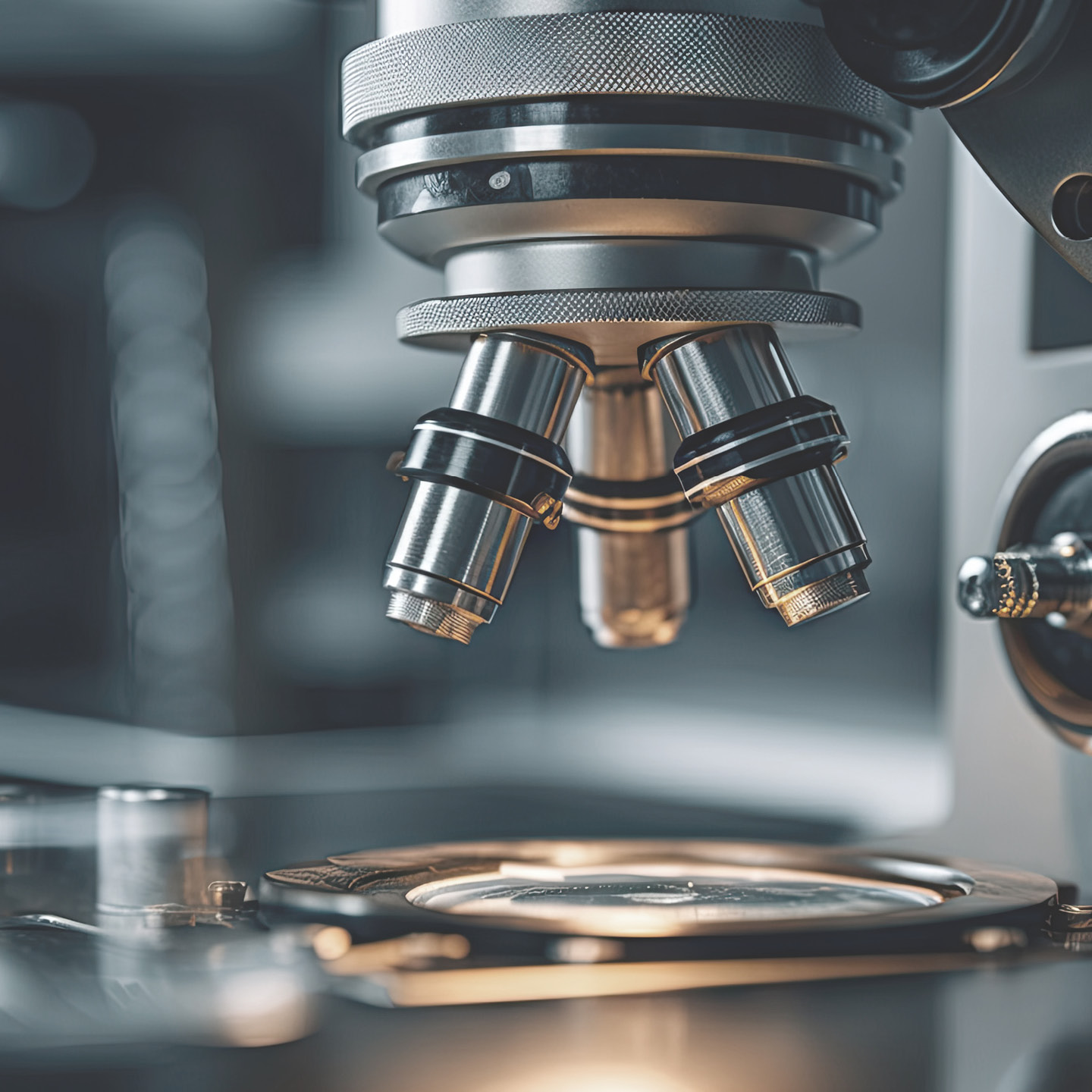Future Cities
Emerging Life Sciences Markets: Minneapolis-St. Paul, MN
August 5, 2024 5 Minute Read

Demographics
Over 3.3 million people—38% aged 18 to 44—live in the Minneapolis-St. Paul metro, with a projected five-year growth rate of 2.6%. Half of the population are Millennials or Gen Z, who will comprise most of the regional workforce for the foreseeable future.
Figure 1: Minneapolis-St. Paul Population Analysis
Scientific Employment Benchmarked
Roughly 4% of the Minneapolis-St. Paul metro talent pool works in occupations that could be BioPharma R&D, BioPharma manufacturing, or medtech roles. Minneapolis-St. Paul has a strong medtech focus, with 16% of the nation’s medtech talent residing in the Minneapolis-St. Paul metro. According to the Minnesota Department of Employment and Economic Development, as of 2022, Minnesota had the 2nd-most employees and the 7th-most companies in the medical device industry of any U.S. state.
Figure 2: Minneapolis-St. Paul Life Sciences Related Occupations
According to the U.S. Bureau of Labor Statistics, Minneapolis-St. Paul has a heavy concentration of scientific employment compared to other U.S. metropolitan areas. However, Minneapolis-St. Paul also is above the U.S. average annual median salary, representing a tradeoff between moderately higher labor costs and an abundant life sciences talent pipeline.
Figure 3: Life, Physical & Social Science Occupation Summary
Note: Size of dot in chart represents total science employment per market. Showing only markets with at least 5,000 applicable jobs.
Location Incentives
Over the past five years, the Minneapolis-St. Paul metro has seen 19 publicly announced life sciences economic incentive deals averaging $10,900 per new job, as reported by fDi Intelligence. Boston Scientific, JunoPacific, Kindeva, Nextern and Walgreens are some of the companies investing in new and expansion projects in this emerging life sciences market.
According to CBRE’s Location Incentives Group, the Minnesota Job Creation Fund (MJCF) is among the top incentive programs available to companies locating in the Minneapolis-St. Paul metro area. The MJCF provides up to $1 million in a cash grant over a five-year period. In order to qualify, companies must create or retain high-paying jobs and invest at least $500,000 in property improvements. In select cases, companies could receive up to $2 million in funding if at least 250 jobs are created and $75 million in capital is invested.
Another available incentive program is the Minnesota Investment Fund (MIF), which provides financial assistance to businesses focused in the industrial, manufacturing and technology industries. In order to improve economic vitality, the MIF finances loans up to $1 million to companies that add new workers and retain high-quality jobs in Minnesota. Loan forgiveness may occur if the company achieves certain capital expenditure, job and wage requirements.
Figure 4: Minneapolis-St. Paul Top Incentive Programs
Note: The extent, if any, of State and local incentive offerings are dependent on location and scope of the operation.
R&D’s Role in the State Economy
R&D plays an integral role in Minnesota’s economy. The state ranks favorably—positioned in the top half of all states—with 2.61% of state GDP comprised of R&D expenditures from businesses, universities, nonprofits and government in 2021, the latest year data is available. That share has remained relatively consistent since 1993, when it was 2.48%.
Figure 5: R&D as a Percentage of Gross Domestic Product
Notes: R&D includes R&D performed by federal agencies, businesses, universities, other nonprofit organizations, federally funded research and development centers, and state agencies. U.S. total R&D reported here includes U.S. territories, as well as R&D for which the location could not be determined. The national GDP total for the United States includes Puerto Rico for all years in which data are available.
Success Drivers
Education
The Twin Cities population is highly educated, with 17% of people aged 25 and over holding a graduate or professional degree in any field, slightly above the national average of 14%. Furthermore, 31% hold a Bachelor’s degree, 8% above the national average. The Minneapolis-St. Paul metro ranked top 20 in the U.S. for degrees issued in the biological and biomedical sciences for the 2021-2022 school year, with 61% being biological and biomedical specialty degrees. Minneapolis is home to the University of Minnesota, which awarded 1,060 Bachelor’s, 197 Master’s and 143 Ph.D.s in the biological and biomedical sciences in 2022, ranking 14th among all U.S. universities for total degrees awarded Bachelor’s level and higher and for number of Ph.D.s awarded.
Figure 6: Degree Completions
R&D Degrees: Biochemistry, Biophysics and Molecular Biology; Biological and Biomedical Sciences, Other; Biology, General; Biomathematics, Bioinformatics, and Computational Biology; Biomedical/Medical Engineering; Botany/Plant Biology; Cell/Cellular Biology and Anatomical Sciences; Ecology, Evolution, Systematics, and Population Biology; Genetics; Microbiological Sciences and Immunology; Neurobiology and Neurosciences; Pharmacology and Toxicology; Physiology, Pathology and Related Sciences; Zoology/Animal Biology
Other Life Sciences Related Degrees: Agricultural Business and Management; Agricultue, General; Animal Sciences; Chemical Engineering; Environmental/Environmental Health Engineering; Food Science and Technology; Plant Sciences; Soil Sciences; Veterinary Biomedical and Clinical Sciences
Funding
Minnesota-based companies and institutions received nearly $1.9 billion in grants and venture capital funding in 2023, according to GlobalData. While grants, venture funding and private equity peaked In 2021, 2023 saw the highest total deal volume in state history (Figure 7), with 2024 set to exceed 2023. H1 2024 total deal volume has already reached 93% of full-year 2023.
Figure 7: Minnesota Funding Deal Volume
Note: 2024 YTD as of 7.3.2024
Total includes Grants, Contract Service Agreements, Venture Financing, Equity Offering, Licensing Agreement, Partnership, Acquisition, Debt Offering, Private Equity, Asset Transaction, and Mergers.
Market Snapshot
Minneapolis-St. Paul metro in combination with Rochester is referred to as Medical Alley, home to over 1,000 health and science companies (500 of which are medical device), including Medtronic, the world’s largest medical device producer. With the highest number of medtech patents per capita, Medical Alley is a top producer in new innovation. In October 2023, President Biden dubbed Minneapolis-St. Paul as “the country’s center for next-generation medical device technologies.” Rochester is home to the Mayo Clinic, the No. 1 hospital in the world. Minnesota is actively investing in Rochester with Destination Medical Center, a 20-year economic development plan to invest $5.6 billion into infrastructure and projects to grow a robust health and innovation ecosystem.
Figure 8: Top 15 Pharma, Biotech & Medtech Companies
Emerging Life Sciences Markets
Related Insights
Related Services
- Property Type
Life Sciences
We provide the life sciences industry solutions that maximize facility and investment performance across labs, manufacturing space and critical enviro...
- Property Type
Life Sciences Occupier
Use real estate to create better outcomes for your life sciences business with services trusted by 8 of the top 10 largest life sciences companies.
- Property Type
Life Sciences Investor
Our teams cover the full cycle of life sciences investment. Acquisitions. Leasing. Property management.
Contacts
Eric Stavriotis
Vice Chairman, Advisory & Transaction Services | Location Incentives

Mara Beck
Director, Advisory & Transaction Services | Location Incentives

Tedd Carrison
Director, Advisory & Transaction Services | Location Incentives









